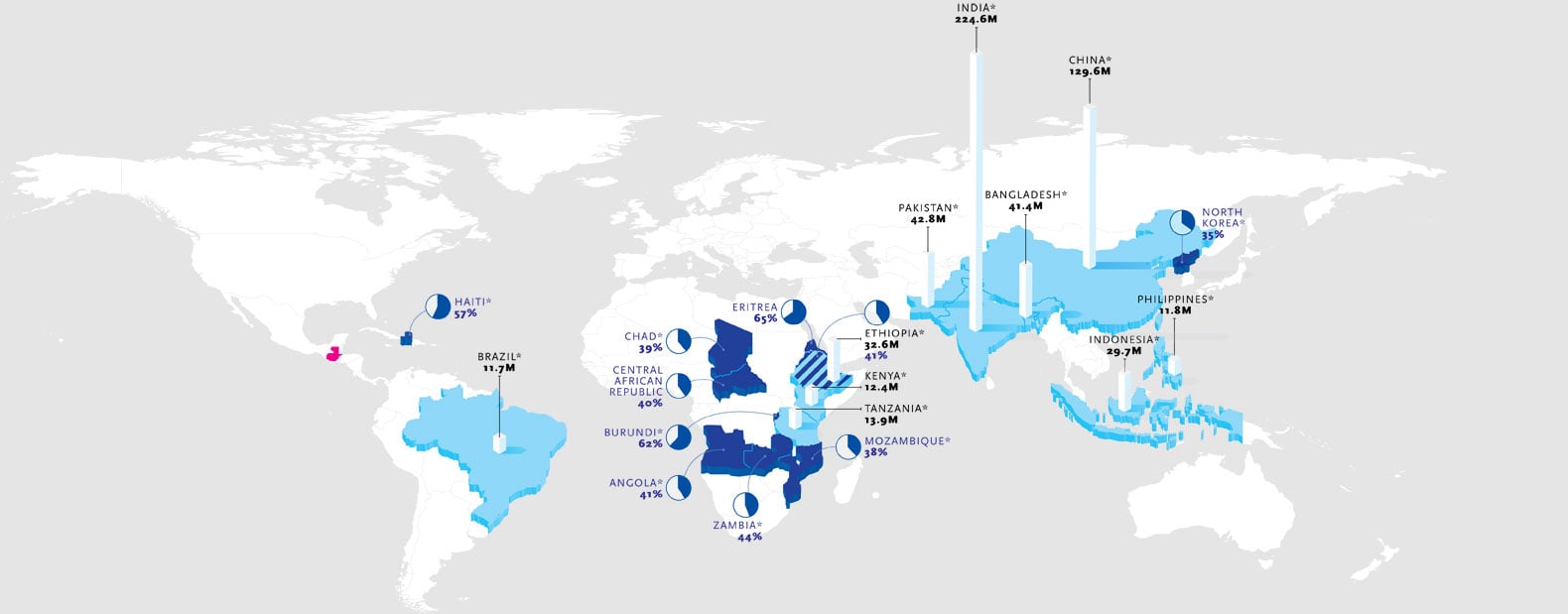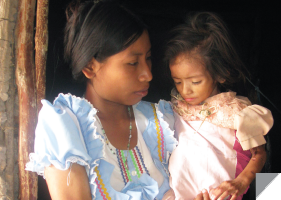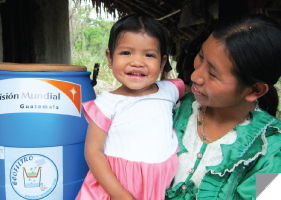Hunger 101
Who’s hungry? Around the world, 925 million people — more than the populations of North America and South America combined — go hungry on a daily basis. Here are a few fast facts to help you grasp the severity of the problem.
Where People Are Hungry
10 countries
-

Ten countries* …with the most children and adults going to bed on empty stomachs.
- India 224.6 million
- China 129.6 million
- Pakistan 42.8 million
- Bangladesh 41.4 million
- Ethiopia 32.6 million
- Indonesia 29.7 million
- Tanzania 13.9 million
- Kenya 12.4 million
- Philippines 11.8 million
- Brazil 11.7 million
-

Ten countries …with the highest proportion of hungry people (by percentage of population).
- Eritrea 65%
- Burundi* 62%
- Haiti* 57%
- Zambia* 44%
- Angola* 41%
- Ethiopia* 41%
- Central African rep. 40%
- Chad* 39%
- Mozambique* 38%
- North Korea* 35%
* World Vision works to prevent hunger in these countries.
Source: Food and Agriculture Organization, The State of Food Insecurity in the World 2011

What Is Child Malnutrition?
Malnutrition is not the sensation of hunger pangs- — it’s a medical condition in which the body can not maintain normal physical functions due to lack of nutrients from food. There are two types, each leaving a child dangerously vulnerable to infection and disease.
Acute Malnutrition is caused by a sudden lack of food — often due to a drought or other natural disaster. The telltale sign is wasting, measured by low weight in relation to height. Without sufficient food, a child’s body uses energy stored in fat — eventually causing the body to break down.
Chronic Malnutrition occurs when a child lacks sufficient nutrition over a long period of time. The telltale sign is stunting, measured by low height in relation to age. A stunted child’s body and brain develop at a slower rate than normal, especially during the first 1,000 days of life. The effects are irreversible.
Facts About Famine

One out of every four children in developing countries is underweight.
Source: World Food Program, 2011

In sub-Saharan Africa, 30 percent of the population is undernourished.
Source: FAP State of Food Insecurity 2010

Worldwide, the poor spend up to 75 percent of their income on food.
Sources: The World Bank, World Development Indicators 2011; USDA, Economic Research Service
Guatemala Profile
This country has the highest percentage of chronically malnourished children in Latin America (the fourth highest in the world). In some areas, chronic malnutrition causes 90 percent of children to suffer. Many factors are to blame, including poverty, tradition, culture, and lack of access to the right foods with nutrients and vitamins.
Hungry To Healthy »
Three-year-old María Sucely Diaz was not well. When she was admitted to the regional hospital in Chiquimula, Guatemala, doctors diagnosed her with pneumonia and severe, acute malnutrition. Her extreme condition demanded that she be hospitalized for six weeks.
When her mother, Angélica, participated in World Vision’s community-wide food-education program, she learned valuable lessons. She was equipped to better care for her family and herself through cooking nutritious foods with locally grown vegetables, fruits, and herbs. She learned the importance of personal and house hygiene when preparing food. Angélica is now an example for other mothers. And María’s happy smile reflects her health.

